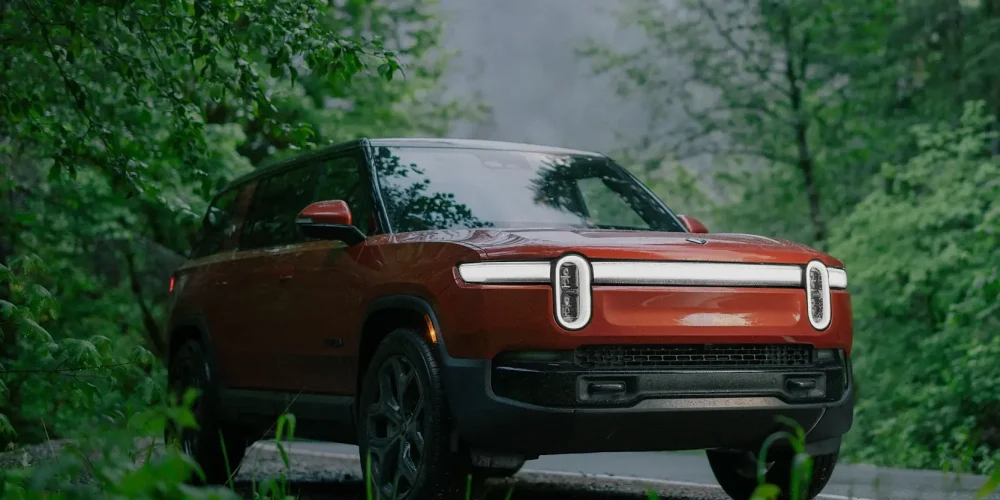
Everything You Need to Know: Rivian R1S Charging at Home, Public Stations, and on Road Trips
The Rivian R1S is a premium all-electric SUV designed for adventure, offering impressive off-road capabilities, a spacious interior, and robust battery options. Whether you’re a new Rivian owner or considering purchasing one, understanding how to charge Rivian R1S efficiently is essential. This guide covers everything you need to know about Rivian R1S charging, from home charging setups to public charging networks, estimated charging times, and costs.
1. Rivian R1S Performance Specifications
The Rivian R1S is built for both rugged off-road adventures and smooth highway cruising, because of its AWD(all-wheel-drive) system and the range it can offer to you.

2. Rivian R1S Charging Specifications
The Rivian R1S is available in multiple configurations, each with different battery capacities and charging capabilities. Below is an overview of the key charging specifications for the Rivian R1S:

3. Charging Connector and Compatibility
The Rivian R1S is compatible with various charging standards, ensuring access to a wide range of charging stations. In North America, it primarily uses the CCS (Combined Charging System) standard for DC fast charging and J1772 for Level 2 AC charging.
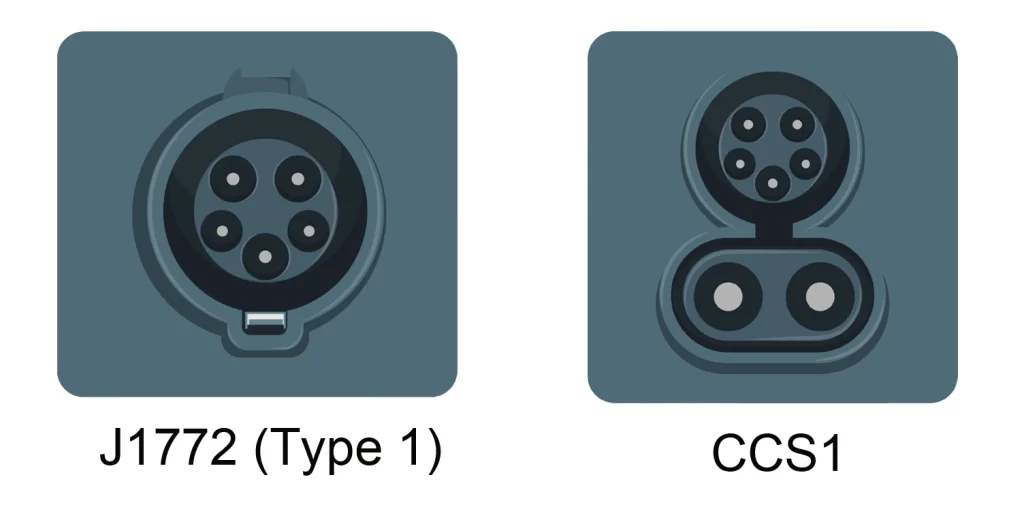
4. Rivian R1S Charging Time
Based on electricity consumption rate disclosed, we’ve done an ideal calculation of the Rivian R1S charging time through different types of charging method for your reference.
And we didn’t calculate the Rivian R1S charging time when the battery SOC is 0-10% or 80-100%, because the charging power would be extremely low as the manufacturer set to protect the battery system.
The Rivian R1S charging time varies under different condition of battery temperature, battery precondition, charger power output etc.
4.1 Charging at Home: Level 1 & Level 2 Charging
4.1.1 Level 1 Charging (120V)
Level 1 charging utilizes a standard household outlet (NEMA 5-15) and is the slowest method of charging. It’s best suited for emergency charging rather than daily use.
- Charging Speed: Approximately 3.5-4.1 miles per hour
- Estimated Time (10%-80%): 40.9 – 62.5 hours (depending on battery size)
- Time to add 100 miles: ~24-28 hours

4.1.2 Level 2 Charging (240V)
Level 2 charging is the most practical home charging solution for Rivian R1S owners. It requires a dedicated 240V outlet or a hardwired charging station.
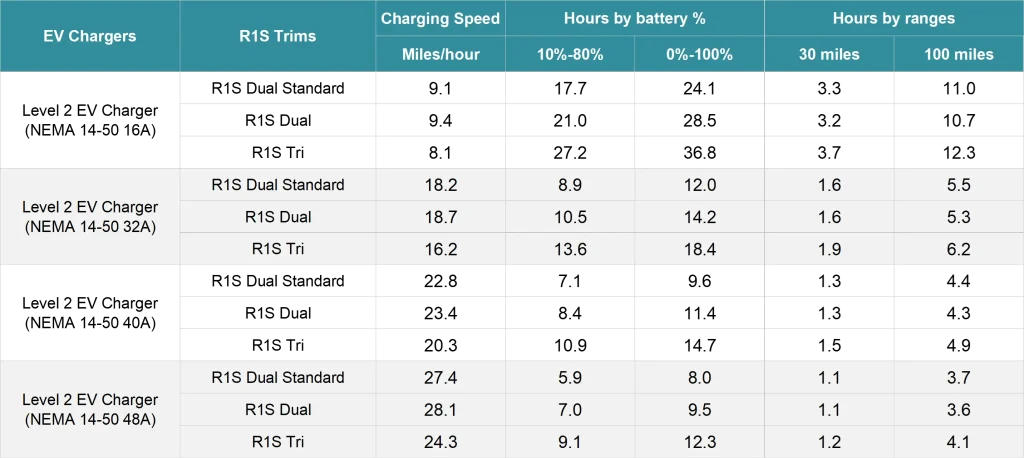
For optimal performance, Rivian recommends installing a 40A or 48A Level 2 charger, balancing efficiency and cost-effectiveness.
4.2 Public Charging: DC Fast Charging (Level 3)
For long trips and quick top-ups, DC fast charging is the best option. It’s quite convenient nowadays for you to locate a CCS1 DC fast Charging Station in North America.
The Rivian R1S supports a maximum DC charging power of 200-220 kW, allowing for rapid charging times.
- Charging Speed: 7.0-8.1 miles per minute
- Estimated Time (10%-80%): ~27.8-38.6 minutes
- Time to add 100 miles: ~12.3-14.2 minutes

5. Tesla Supercharger Compatibility
Rivian vehicles can now access select Tesla Superchargers using an NACS to CCS adapter. While Tesla’s Supercharger V3 and V4 stations support up to 250 kW, actual charging speeds for Rivian vehicles may vary.
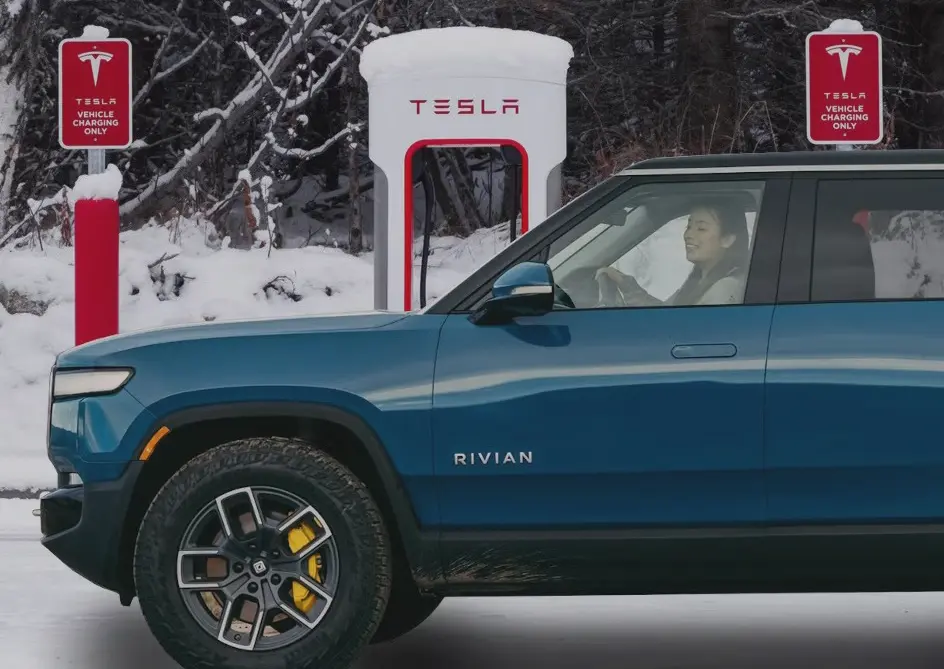
- Adapter Required: Yes (NACS to CCS)
- Magic Dock Support: Available at select Tesla Superchargers
- Charging Speed: Varies by location and power availability
6. Cost of Charging the Rivian R1S
6.1 Home Charging Costs
The cost varies based on regional electricity rates.
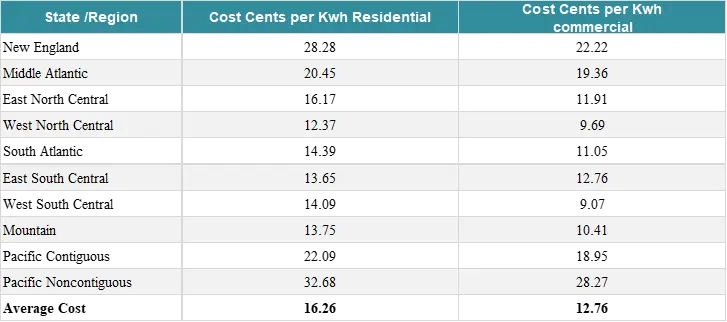
Charging your Rivian R1S at home is the most cost-effective method.

6.2 Public DC Fast Charging Costs
Public charging networks like Electrify America, EVgo, and Rivian Adventure Network offer fast charging services, but at a higher cost than home charging.

7. Choosing the Right Home Charger
For home charging, selecting the right charger is essential for maximizing efficiency and convenience.
- Recommended Amp Rating: 40A (9.6 kW) or 48A (11.5 kW)
- Avoid Low-Amp Chargers: 16A and 32A chargers offer slower charging speeds
- Installation: Hardwired installations provide better performance and longevity
A 40A home charger is ideal for most Rivian R1S owners, as it provides a good balance of speed and affordability.
8. How to Charge Rivian R1S – Conclusion
The Rivian R1S offers versatile charging options, whether at home, on the road, or through Tesla’s expanding Supercharger network. Home Level 2 charging is the most cost-effective solution, while DC fast charging is perfect for road trips. By understanding the various charging options, costs, and compatibility, you can ensure a seamless and efficient charging experience for your Rivian R1S.
For the latest updates on charging infrastructure and cost changes, always check with your local utility provider and charging networks.
